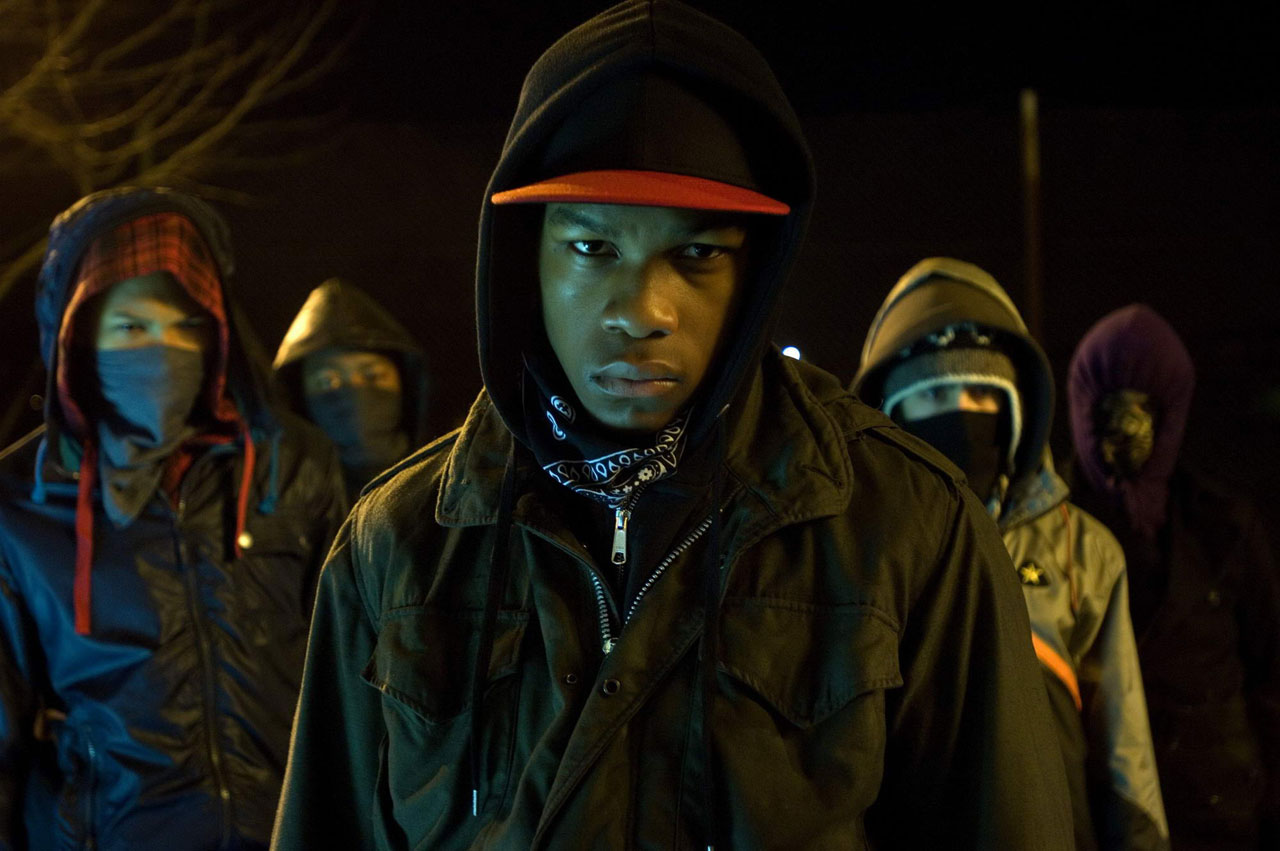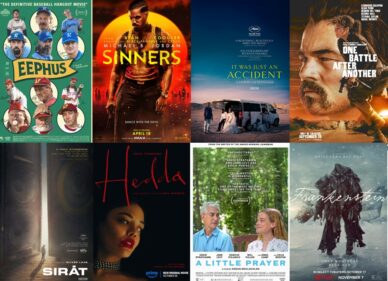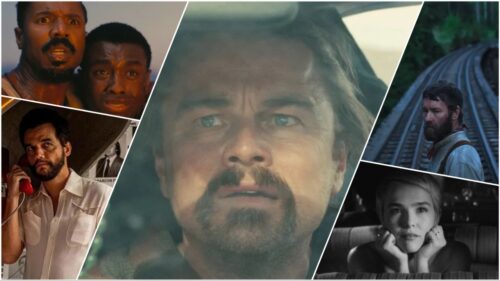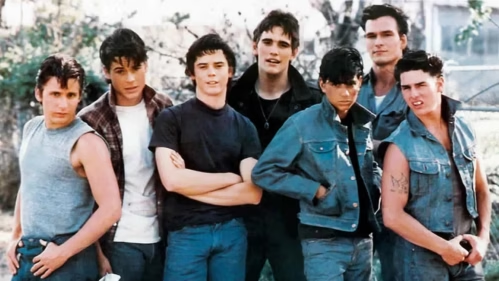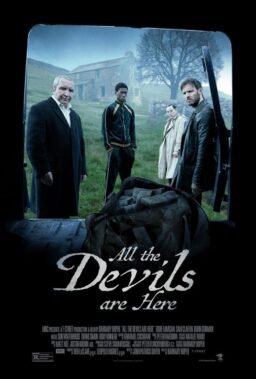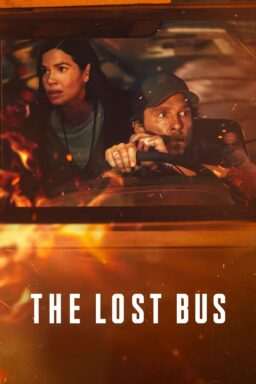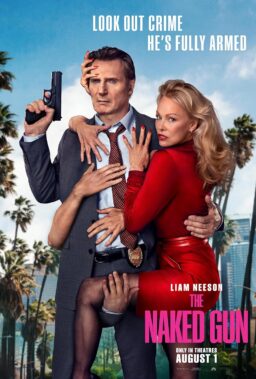As blockbuster sci-fi films get more empty-headed and
pointless, 2011’s lean, smart “Attack the Block” looks better than ever. The
film’s story concerns the events of one night where a group of South London
teenagers defend their Council Estate from alien monsters. “Attack the Block” deftly
avoids the “poverty porn” pitfalls of its setting and characters. The buildings
and hallways are shot to resemble the seventies industrial sci-fi look of films
like “Alien” and “Silent Running.” The cast is led by John Boyega (who will be one of the leads in December’s “Star Wars, Episode VII: The Force Awakens”) as Moses, and Jodie
Whittaker as Sam, a nurse who lives in the teenagers’ building. Moses and the
gang first meet Sam when they mug her and later when they bring a wounded
companion into her apartment. They are people—not cannon fodder or back
patting lessons in how deep down we’re all the same. Moses is an imposing,
intimidating figure but director Joe Cornish lets the camera linger on his face
and Boyega fills it with the compromises and dashed dreams to which he’s already acclimated. His gang are a delightfully maddening crew of young boys.
They constantly try to demonstrate their machismo but clearly adore each other.
We’re given intriguing glimpses of their home lives in a montage of them
running to their various flats for weapons. The warmness of the decor is a
contrast to the concrete and fluorescent lighting of the walking paths and
garages. But mostly the film is a radical, bold-hearted meditation on who gets
to be a hero, and the bodies we’re trained to view instinctively as threats.

Our first glimpse of Moses is from Sam’s point of view as he
and his compatriots surround her to demand her wallet and jewelry. Cornish
doesn’t pull his punches in the threat they represent or Sam’s fear as Moses
pulls a knife to get her to remove her ring faster. Before the event can boil
over into tragedy they are interrupted by the first alien creature crash
landing into a nearby car. Sam flees and Moses and company investigate the
wrecked vehicle. The creature attacks and they kill it, drawing the attention
of the rest of the pack as it lands. The design of the aliens is marvelous.
They resemble large shaggy Muppet dogs, they have no eyes—just mouths full of jagged,
sharp, glowing blue teeth. They are
ravenous, unthinking brutes, the actual monsters of the movie. Not the spit out
“monsters” Sam uses to describe her attackers to a neighbor, her shaking hands
barely able to hold a glass. And while the boys crumbling bravado is played for
laughs, it’s also upsetting to see their helplessness against this new danger. Later, it’s strangely moving to see each in turn rally some form of courage. An
infectious deep pride in their home arises, giving them the resolve that it’s
their duty to beat this alien menace back. The boys bravery, sometimes fatal,
is shot with all the gravitas of an old studio western or epic film. Leone-like
close ups on their eyes narrowing with purpose. Wide shots filling the screen
with action. The image of Moses leading the aliens on a chase, the boys ‘
fireworks being used like smoke bombs streaming around him especially
indelible.

It was a provocative film when it opened to little fanfare in
the United States, getting generally positive reviews and a devoted cult
following. But in the wake of too many killings of unarmed Black men and women
by the police, the film’s revolutionary empathy becomes downright dangerous.
What does it mean to let go of
culturally ingrained fears of Black men? What does it mean to admit the
systemic roots of poverty and crime? What does it mean to recognize that Moses
is deep-voiced and swings a sword with muscular arms but he’s a 15-year-old
kid? The reveal of his age is the quiet power for the film in a nutshell. Sam
is sent to Moses’ apartment to set a trap for the aliens. She notices a
Spider-Man comforter on one of the beds. She asks Moses if he has a little brother. When he says no, she asks in
confusion, “How old are you?” “Fifteen,” he admits, almost sheepishly. There is
a horrific echo of Tamir Rice’s killing in this exchange. 12-year-old Rice was
playing with a BB gun and was killed by police responding to a call that a
grown Black man was wandering the park with a gun. The refusal to recognize the
humanity of minorities is a poison that leaches through all strata of society. Failure to acknowledge or atone for it is destroying us
faster than any alien invasion ever could.
The film lays this out in no
uncertain terms. And it does so without a drop of self-righteousness, while
managing to be wickedly funny too. There’s even a mordant humor in the film’s
finale. The overwhelmed police are arresting the residents and unlucky visitors
left and right, loading them into police vans. Moses is unceremoniously
handcuffed (for the second time that night in fact) and put in the back of a
van despite the protests of his friends and Sam. When Sam is asked if Moses was
the mugger she reported earlier she says no, he’s her neighbor. He protected
her during one very eventful night. There shouldn’t be something so unexpected when
the crowd starts to chant “Moses! Moses!”. Boyega’s smile at hearing them
through the walls of the van shouldn’t break your heart like it does. But in a
time when a paper of record sniffs that 18-year-old Michael Brown was “no
angel” as he lay dying in Ferguson there is something almost beyond words in a
film that makes a character like Moses the hero. Moses is no angel either, he
just saves the world.

